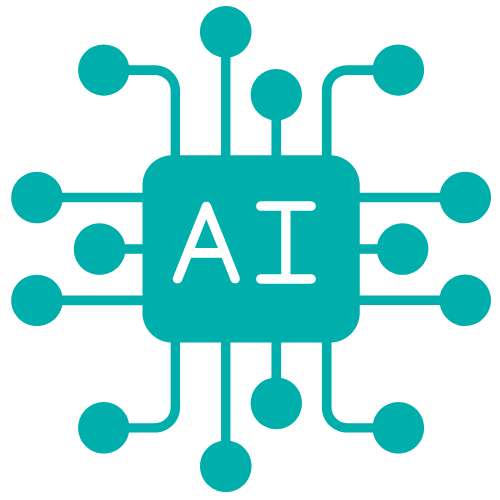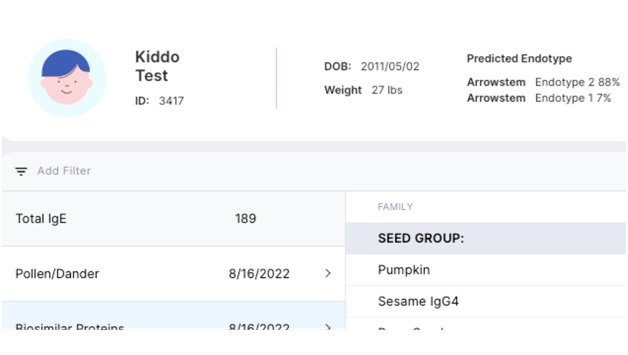Translational Pulmonary
& Immunology Research Center
& Immunology Research Center
At TPIRC, we develop safe and reliable AI Systems for clinical use. We leverage applied mathematics and large systems of organized data to train AI models for precise medical treatment. This approach empowers these models to analyze information exponentially faster than humans, resulting in highly accurate treatment plans with demonstrably high success rates. Furthermore, TPIRC translates these AI systems into a unique case utilization system, forming the foundation for a revolutionary EMR unlike any other currently available.
The models we produce create safe treatment plans for our patients. The design, development, and deployment of our models are rooted in ethics, equitability, and responsibility.
TPIRC prioritizes health data privacy by de-identifying data, never sharing or selling it, and minimizing collection. This approach aligns with HIPAA and strengthens user trust.

We use AI to solve the demand discrepancies for children and adults facing rare diseases. Through our work, we can create precise and individualized treatment plans for the most sensitive and neglected patients.
Our AI models are tools fueled by the expertise and tireless work of Dr. Randhawa, our researchers, and our clinicians. These AI tools, in turn, boost our teams' ability to deliver precision medicine.
TPIRC is actively transforming the healthcare industry by harnessing AI to change the way we make diagnoses. Our models use a combination of data from Dr. Randhawa and our subject matter experts as a knowledge base, medical data, and biological data to create precise treatment plans for each patient. Our models augment the quality of health care, making the possibility of treatment for all a reality. We currently build AI models that make anaphylaxis/ food allergies a thing of the past. These models are applied to different rare diseases, such as cystic fibrosis, bronchiectasis, and more. We are committed to healthcare accessibility and treatment for all, especially those battling rare diseases.


Herman Sandhu, Senior Manager of Software Development & Informatics

Data is the backbone of AI. At TPIRC, data collection, security, and processing are as vital as our model development and clinical research. We holistically source necessary data from plants and animals, medical history, protein information, and subject matter experts. Building robust data sets that feed into our neural networks has created our individualized treatment plans, state-of-the-art EMR System, and the tools to equip our clinical team with the necessary systems to provide excellent care.
Traditional methods for diagnosing food allergies, particularly anaphylaxis, have limitations in accuracy, accessibility, and cost-effectiveness. With a rising prevalence of food allergies, there’s a pressing need for more precise diagnostic tools.
Traditional methods for diagnosing food allergies, particularly anaphylaxis, have limitations in accuracy, accessibility, and cost-effectiveness. With a rising prevalence of food allergies, there’s a pressing need for more precise diagnostic tools.
The study presents a machine learning model developed to predict anaphylaxis risk more accurately. Utilizing 241 individual allergy assays per patient, the model integrates data across total IgE subdivisions, leveraging Generalized Linear Models (GLMs) and Bayesian methods for refined predictions.
The AI-driven approach significantly enhances the precision of food allergy diagnostics, providing a robust tool for healthcare professionals. By accurately predicting allergen scores, the model aids in targeted treatment planning and risk assessment, particularly for peanut allergies among children.
This case study exemplifies the transformative potential of AI in medical diagnostics, offering a pathway to more accurate, efficient, and personalized healthcare solutions. The success of the AI model in predicting food anaphylaxis risk underscores the value of integrating machine learning into the clinical decision-making process, paving the way for further advancements in allergy diagnostics and treatment strategies .
We’ve used the power of artificial intelligence to redefine medical care. Our journey began with the establishment of comprehensive databases by our dedicated data science team to create life-changing AI models. Now we are finalizing the creation of our EMR System. Our state-of-the-art Electronic Medical Records (EMR) system leverages AI and machine learning to provide unprecedented insights. This integration allows us to refine our AI models continually, setting a new standard in human health and disease management that is unparalleled in healthcare today.

